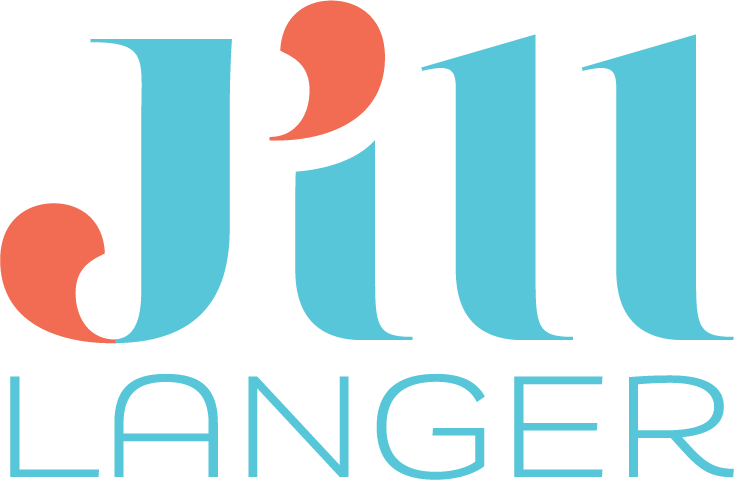Becoming a Bikablo Visual Trainer
The day I visited the headquarters in Germany was a day I’ll never forget. It was the first time I ever really felt like I was in the right place when it came to my work. I found myself at the intersection between “serious” business work and creative expression through visualization. As I entered the space, I just stared at walls filled with sketches, drawings, process maps, and so many other inspiring ideas. I felt like a little kid in a candy shop. Even the bathroom had cute little hand-drawn signs with instructions. It was almost like I had stepped into another world — well, it kind of was — it was the world of visualization and visual thinking.
Even the interactions with the core bikablo team were different from anything else I’d ever experienced in my professional career. Everyone was so warm and welcoming it was like joining a family. The 5 days of training were full, exhausting, and at the same time exhilarating.
When I returned home, I wondered why there weren’t more organizations like bikablo in Calgary. It was the closest thing I had ever experienced to what might be called a “flat organization.” The focus on the training emphasized the experience of the participants. There was a level of care and thoughtfulness that truly made it magical.
I Finally Found the Missing Link
For years I’d been searching for a way to integrate my analytical mind with my creative side. By becoming a bikablo trainer I finally saw a clear path to pull these two seemingly opposites together. Not only that, as a trainer, not just a practitioner I now have the opportunity to design and deliver these immersive learning experiences and share this way of working with others.
My resume might look like an eclectic mix of different roles and experiences, but there has always been a common thread of learning and teaching. I’ve always had a bit of a rebellious streak and love challenging the status quo (constructively, of course), but now that I run my own business, I no longer shy away from it — I embrace it. The world is in desperate need of change in so many ways, and I’m happy to be a catalyst for that rebellion.
As a young person, I was very physically active and loved to play games and make things. As a kid, there were always lots of opportunities to engage in tactile experiences for learning. In those moments, I often found myself in deep states of flow; fully immersed in what I was doing. As an adult, my experience is that tactile ways of working and learning tend to be few and far between. While most of what I’ve shared with you here relates to my visualization work. I’m also a Lego® Serious Play® facilitator and have designed many learning experiences that incorporate games. My curiosity continues to grow around how to create environments and spaces that bring us back to these child-like, not childish states. Spaces where we can be ourselves and feel safe to be authentic. More and more research is entering the mainstream, showing consistent decreases in levels of engagement in the workplace and increasing levels of stress, anxiety, and other mental health challenges.
I believe that a contributing factor to rising states of discontent in our professional lives is that we often suppress parts of ourselves that made us who we were as young people in attempts to be an adult, to be viewed as “successful” and “professional.”
My Motivation For Change
As I moved through my professional career, I could see a widening gap between who I was showing up in my work and who I was in my personal life. It was almost as though I had two different identities. Over time, I could feel a growing distance in myself and a yearning to reintegrate my “personal” self with my “professional” self. Stepping into visual work and other tactile ways of working has helped me feel more like myself again. I’ve come across many others who express a similar sentiment. What continues to fuel my work is a desire to help others reintegrate parts of themselves into their work that they may have avoided or suppressed.
In our working lives, many of us spend a lot of time in meetings, workshops, or other forms of collaboration. However, in my experience, so many of these interactions often fall short in eliciting the best ideas. There's a lot of talk about innovation, disruption, and doing things differently, but when we see the same things over and over again, how can we expect people to share new and novel ideas? A precursor to much of this work is imagination, to dream up wild, unconventional or downright impossible ideas. To stimulate this type of thinking for ourselves and others, we need to intentionally design uncommon and immersive interactions, something that’s different from our everyday experiences. As leaders, facilitators, and consultants we need to lead by example. We can do so much more together if we just put our computers away for a moment, grabbed a marker, Lego or play-doh and reconnected with who we once were, a creative being unafraid to play and create.


